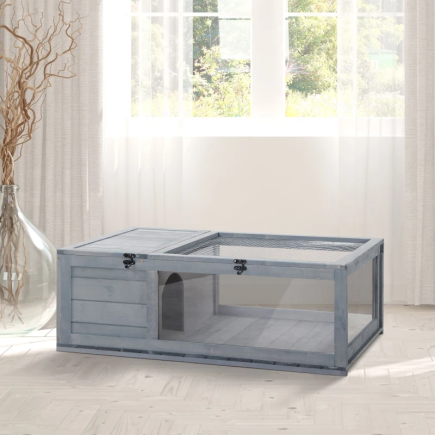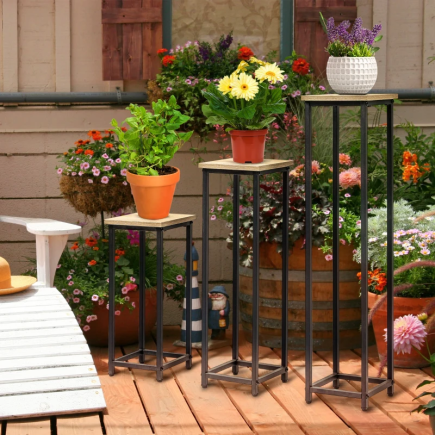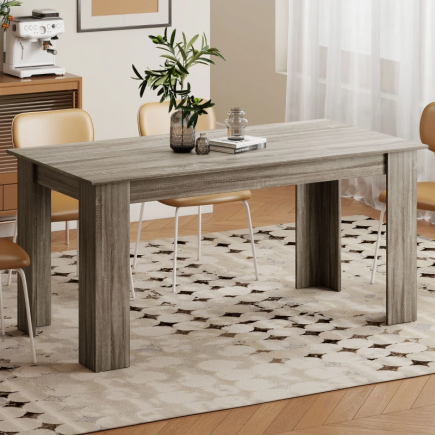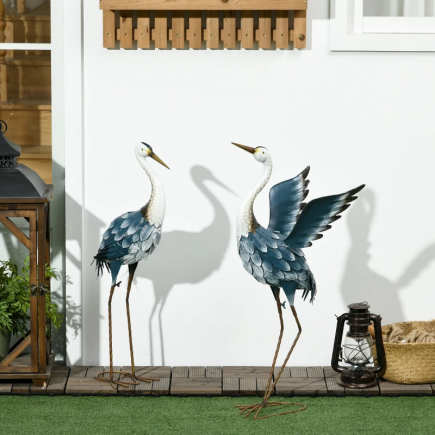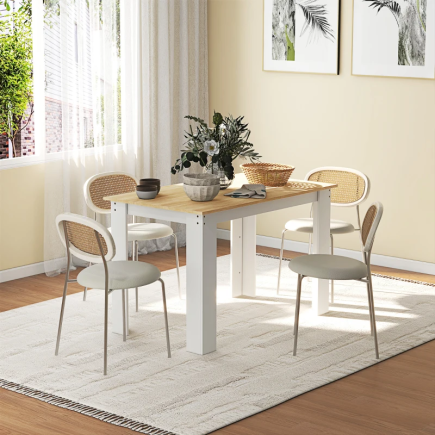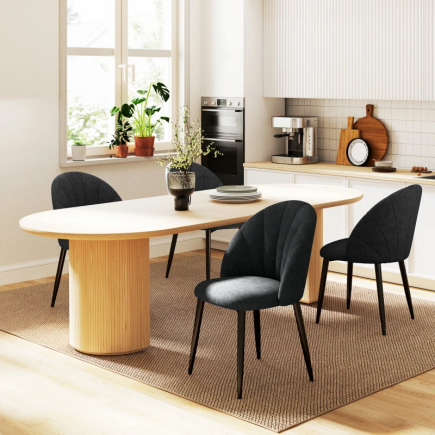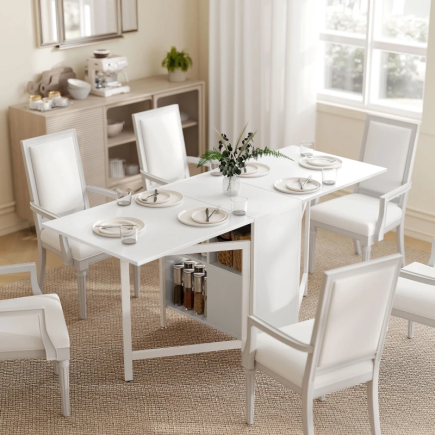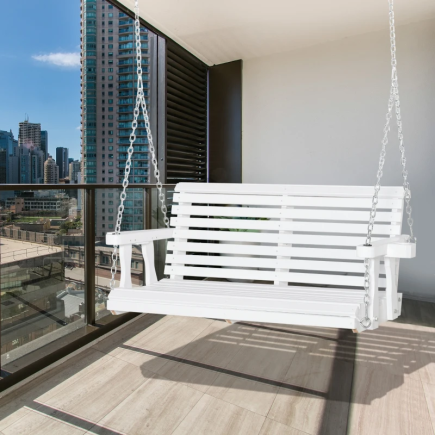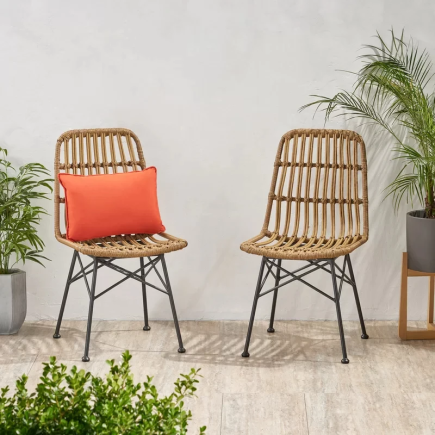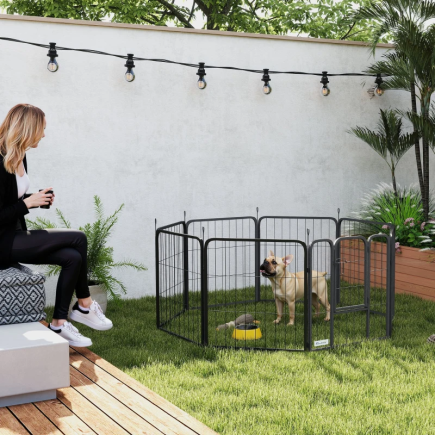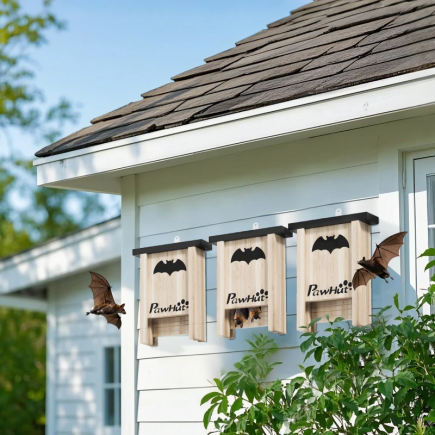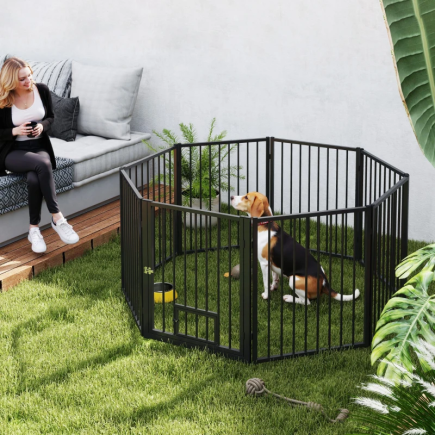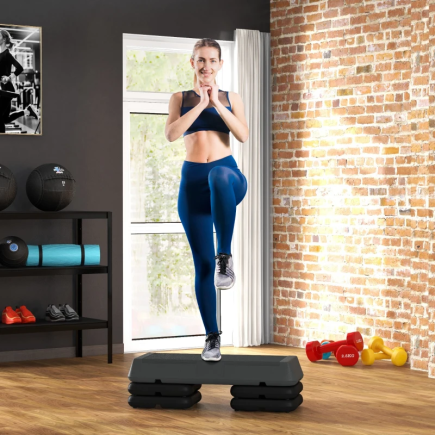A freshly delivered area rug can add warmth, character, and comfort to any space but what happens when it refuses to lie flat? From rippling waves and curled corners to post-cleaning buckling, these imperfections can be more than just annoying, they can be unsafe and unsightly.

This article will walk you through expert-approved methods to flatten an area rug based on rug type, materials, and condition. Whether you’re unrolling a brand-new rug or trying to rescue a vintage heirloom from stubborn creases, here’s how to achieve a flawless finish that complements your space beautifully..
Methods for Flattening an Area Rug
1. Lay It Out and Let It Relax Naturally
If your rug is fresh out of its packaging, the best first step is to simply give it time.

How to do it
- Place the rug on a flat, hard surface (preferably wood, vinyl, or tile).
- Smooth it with your hands to eliminate major folds.
- Let it sit undisturbed for 24 to 48 hours.
This method works well for rugs that are only slightly rippled and haven’t been folded tightly.
Helpful Tip: If the rug will eventually go over wall-to-wall carpet, allow it to flatten first on a hard floor.
2. Flip the Rug or Reverse Roll It
For corners curling under or outward, flipping or reverse rolling is highly effective.

How to Flip or Reverse Roll
- If curling under: Flip the rug upside down. Let gravity help flatten the corners.
- If curling upward: Gently fold each corner the opposite way or roll the rug in reverse direction.
- Secure with string or twine and leave it rolled for 1–2 days before unrolling again.
This resets the “memory” of the rug fibres.
3. Fold and Press Corners (Without Creasing)
Instead of stepping on curled corners or folding them harshly, apply pressure using shaping techniques.

What to do
- Bend curled corners inward gently and hold them in place.
- Use masking tape or painter’s tape to temporarily secure the fold.
- Do not place sharp objects or stand on the corners, which could create permanent creases.
This is ideal for plush or wool rugs that are more pliable and less likely to crack under minor manipulation.
4. Weigh Down the Rug with Furniture or Books
Weighted flattening is a classic, low-effort method that works with almost any rug type.
Best Practices for Weighted Flattening
- Use heavy books, moving boxes, or furniture legs.
- Focus on the curled edges or ripple zones.
- Leave the weights for at least 48 hours.
- Avoid stacking too much weight on delicate rugs to prevent crushing the pile.
If your rug is small enough, placing it between your mattress and box spring for a week can flatten it evenly without creasing.
5. Apply Safe Heat: Sunlight, Hair Dryer, Low-Heat Iron
Applying controlled heat is one of the most effective ways to loosen curled fibres, especially for synthetic and tightly woven rugs.

| Heat Method | Instructions | Suitable For |
| Sunlight | Lay rug on clean, dry asphalt or concrete for 2–4 hours in 75–80°F weather. | Most indoor/outdoor rugs |
| Hair Dryer | Sweep gently 6–9 inches above the rug using low heat. | Polypropylene, cotton, synthetics |
| Iron (Low Heat) | Place a damp towel over the crease. Iron on low for 30 sec, never directly on rug. | Wool, cotton, flatweave |
Important:: Avoid sunlight on rugs with vegetable dyes or delicate colourwork to prevent fading.
6. Add Moisture: Steam, Ice, or Wrinkle Spray
Moisture softens the backing and fibres, allowing better reshaping.
Effective Moisture Methods
- Steam: Use an upholstery steamer on the rug’s backside, keeping it moving and light.
- Ice cubes: Place on curled corners, let melt overnight, then blot and reshape fibres.
- Wrinkle-release spray: Safe for upholstery fabrics, spray lightly and reshape rug while drying.
Warning: Always test small patches for colourfastness before applying moisture.
7. Use Rug Tape, Pads, Grippers, and Anti-Curl Tools
If you want an instant solution or need to keep a rug in place, adhesive and non-adhesive tools work well.
| Tool | Function |
| Double-sided rug tape | Adheres rug edges to floor, preventing curl and movement |
| Rug grippers | Corner grips with adhesive or hook-and-loop fastener, reusable |
| Rug pads | Provides cushion and grip, reduces buckling |
| Rug pins | Best for rugs on carpet, secures edges discreetly |
Note: Always match the gripper or tape to your flooring type (e.g. avoid harsh adhesives on hardwood).
Techniques to Flatten an Area Rug by Material Type
- Polyester (Chenille): Use a hair dryer on low heat and reverse roll the rug gently. Avoid steam, soaking, or high heat, as polyester fibres can distort easily.
- Wool: Apply light weight or use a damp towel and iron on low heat. Never soak or expose to high temperatures.
- Synthetic (e.g. polypropylene): Use sunlight, reverse rolling, or a hair dryer. Avoid direct ironing or intense heat that can melt the fibres.
- Sheepskin: Reshape by hand and let the air dry naturally. Do not use water, steam, or direct sunlight, which can ruin the hide.
- Jute/Natural Fibres: Use minimal moisture and gentle weight. Avoid steam, adhesive tapes, or soaking, which can break down the fibres.
- Outdoor Rugs: Flatten with reverse rolling and sunlight on a clean, dry surface. Avoid extended UV exposure to prevent fading.
When to Call Professional Help for Persistent Wrinkles or Expensive Rugs
If your rug is antique, handmade, or very expensive, or if home methods haven’t worked, it may be time to seek professional help. Professional rug cleaners can use steam or tension stretching to eliminate waves without damaging the fibres or dyes.
Avoid DIY heat or moisture treatments on high-value rugs unless you’re confident they won’t be harmed.
Prevent Future Curling: Maintenance and Rotation Tips
Once you’ve flattened your rug, keeping it that way is essential.
| Maintenance Tip | Why It Works |
| Rotate your rug every 3–6 months | Even wear and foot traffic prevent uneven buckling |
| Avoid dragging furniture | Pulling can stretch rug fibres and cause waves |
| Use rug pads or underlay | Helps grip the rug and protects backing from shifting |
| Clean and dry properly | Prevents soap residue and uneven shrinkage after washing |
Selecting Rugs That Resist Curling and Flatten Easily
One of the easiest ways to avoid dealing with curled corners and stubborn wrinkles is to choose an area rug that’s built to lie flat from the start. Some rugs are more resistant to curling based on the materials used, the type of backing, and how they’re packaged or treated before delivery.

When shopping for a rug, keep the following features in mind:
- Machine-Washable Rugs with integrated padding typically settle quickly once unrolled and are easier to maintain without causing buckling or distortion.
- Low-memory materials like cotton blends, wool, or certain modern synthetics tend to relax faster and show fewer creases over time.
- Supportive backing, such as latex or felt, helps the rug stay flat and prevents edges from lifting.
- Rolled packaging is preferable to folded rugs, as it reduces the chance of deep, set-in creases forming during shipping.
- “Lay-flat” labeled rugs are specifically designed to resist curling and are often pre-treated to hold their shape better.
Selecting Area Rugs with these characteristics not only simplifies the flattening process but also ensures better long-term performance, especially in busy areas of the home like the living room, hallway, or dining space.
Smart Add-Ons: Pads, Grippers, and Non-Curl Accessories
To keep your rug flat permanently and extend its life, consider accessories.
| Accessory | Function |
| Felt + rubber pad | Adds cushion and prevents slippage |
| Corner grips | Stops lifting and bunching |
| Edge guards or clips | Prevent curling in high-traffic zones |
These simple tools not only flatten your rug but also reduce wear and tear from daily use.
Choose the method that suits your rug’s material and condition best, and don’t hesitate to invest in preventative accessories like rug pads or corner grips. A perfectly flat rug isn’t just a design detail, it’s a sign of a well-cared-for home.
FAQs
1. How long should I wait before trimming curled corners on an area rug?
Avoid trimming any curled or frayed corners right away. Instead, use flattening methods and give the area rug at least 2–3 weeks to settle naturally. Trimming too early can lead to permanent unevenness or unravel the weave.
2. Is it safe to use rug flattening sprays on all area rug materials?
Not always. Some wrinkle-release or flattening sprays may not be suitable for natural-fibre area rugs like wool or jute. Always test the spray on a small, hidden section and confirm that it’s safe for your rug’s material.
3. Should I return an area rug if it doesn’t flatten after a few weeks?
If the area rug still won’t flatten after several safe attempts over two to three weeks, it may be due to poor construction or a manufacturing defect. In that case, contacting the seller for a return or exchange is reasonable.
4. What happens if I leave an area rug curled for too long?
If left curled, the corners or edges of an area rug may permanently distort. This not only impacts the rug’s appearance but can also increase the risk of tripping or damage to the rug backing.

